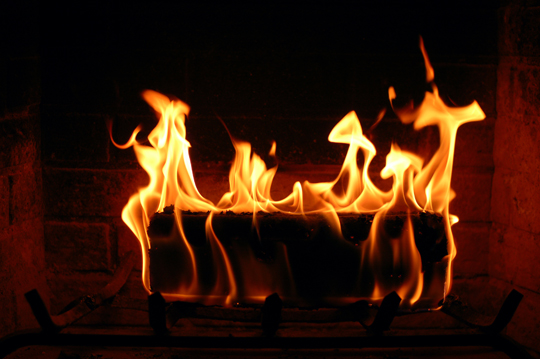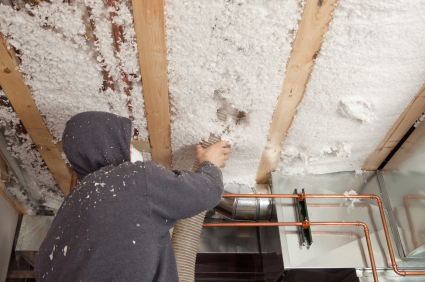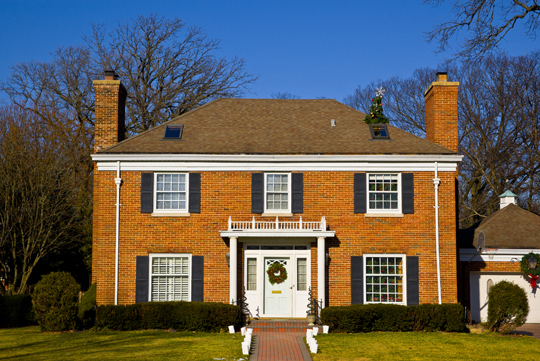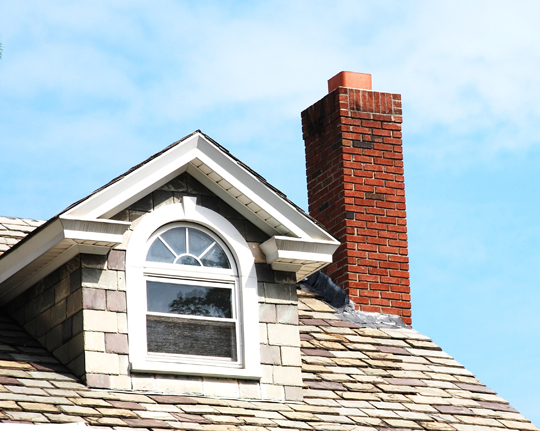When you burn wood efficiently, you will be reducing pollution and health risks while enjoying a warmer home for less the cost. Here are 7 tips heating wood stoves to maximize efficiency:
Un-split wood will dry very slowly, so split wood works best as firewood. Don’t stack firewood tightly, so air can circulate and dry the wood faster. Split firewood into smaller pieces with a diameter of about 4 to 6 inches. Smaller pieces of split firewood will burn more efficiently, as more of its surface area contacts the flame. Use these pieces to start your fires, and then use larger firewood when the fire is already built.
Burning seasoned firewood generates more heat energy, unlike unseasoned firewood, which also emits more smoke and adds to the dangerous buildup of creosote in chimneys.
3. Don’t burn fuel that is not meant for your stove.
If you have a wood stove, burn wood and only wood in it. However, never burn treated or painted wood in your wood stove. You also shouldn’t use your wood stove to burn trash or household garbage. Doing so will release harmful chemicals into the air. You should also never burn coal or any other fuel in your stove that it’s not designed to handle, because it can damage the stove.
Your fire should be getting sufficient air so that it will burn clean and hot. When your wood stove is burning properly, it will burn hotter, more efficiently, and produce less smoke. Inspect the stove’s air intake to make sure no spider webs or dust buildup is blocking airflow. Brush the screen clean if the stove has a through-floor air intake.
Avoid putting too much firewood in the stove so as not to restrict air flow, which is necessary for good combustion. Instead of overloading the stove, simply refuel more frequently with smaller batches.
6. Ensure your wood stove is the proper size.
This is one of the most important of these 7 tips on heating a wood stove. A properly sized stove will burn efficiently even during the coldest weather. To ensure that you choose the right size for your stove, determine the size of the area to be heated in square feet and the amount of surrounding insulation to be heated. Bring these numbers along to a dealer.
7. Inspect the wood stove
Schedule a yearly or half-yearly inspection of the stove and chimney. Check for warping, gaps in the baffle, and creosote buildup.
Need Professional Assistance?
If you want to learn more about heating wood stoves or your unit needs some repairs or maintenance, TalkLocal can save you time in searching for qualified heating professionals in your area. We’ll connect you with the service you need fast and free of charge!
Tags: 7 Tips Heating a Wood Stove










